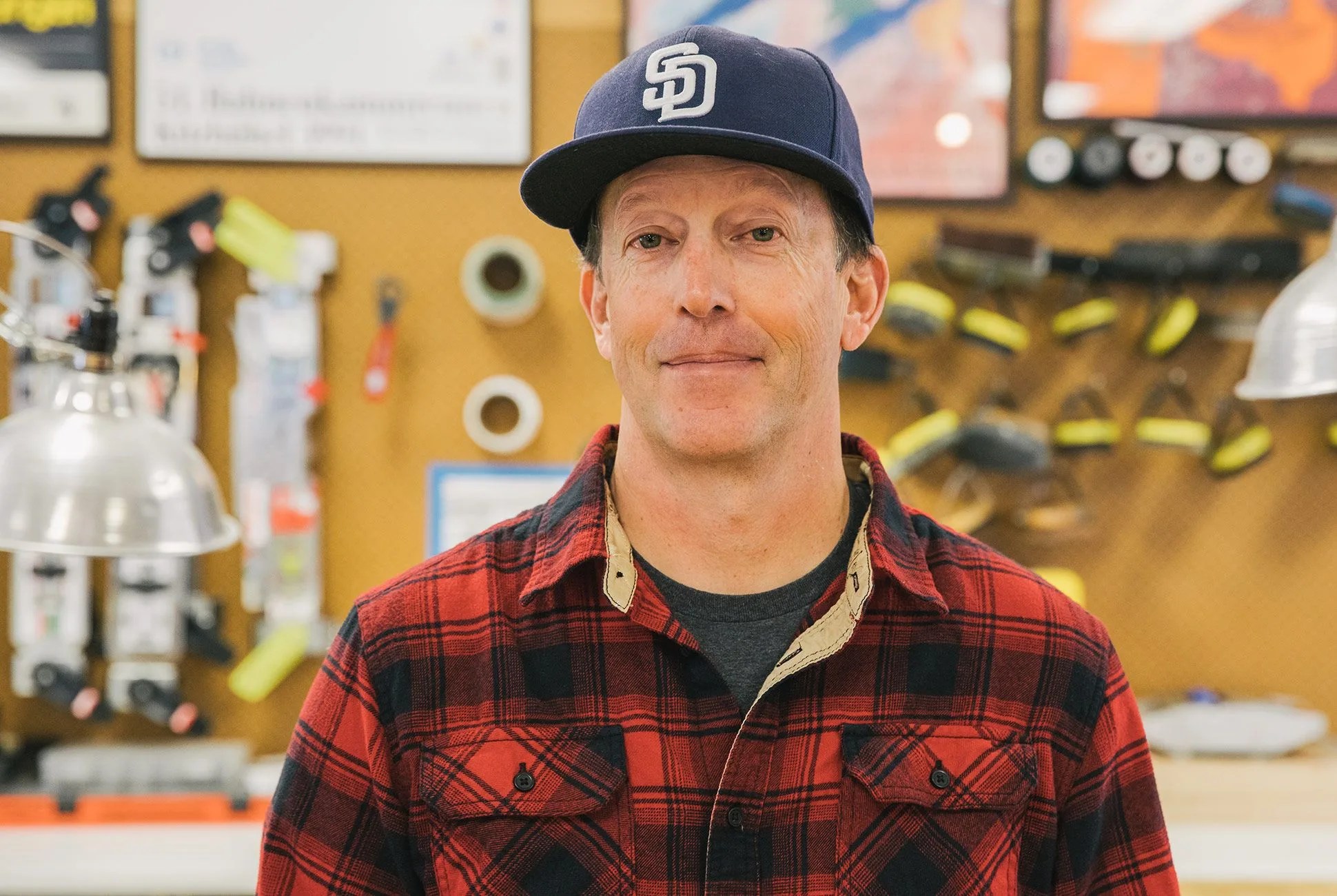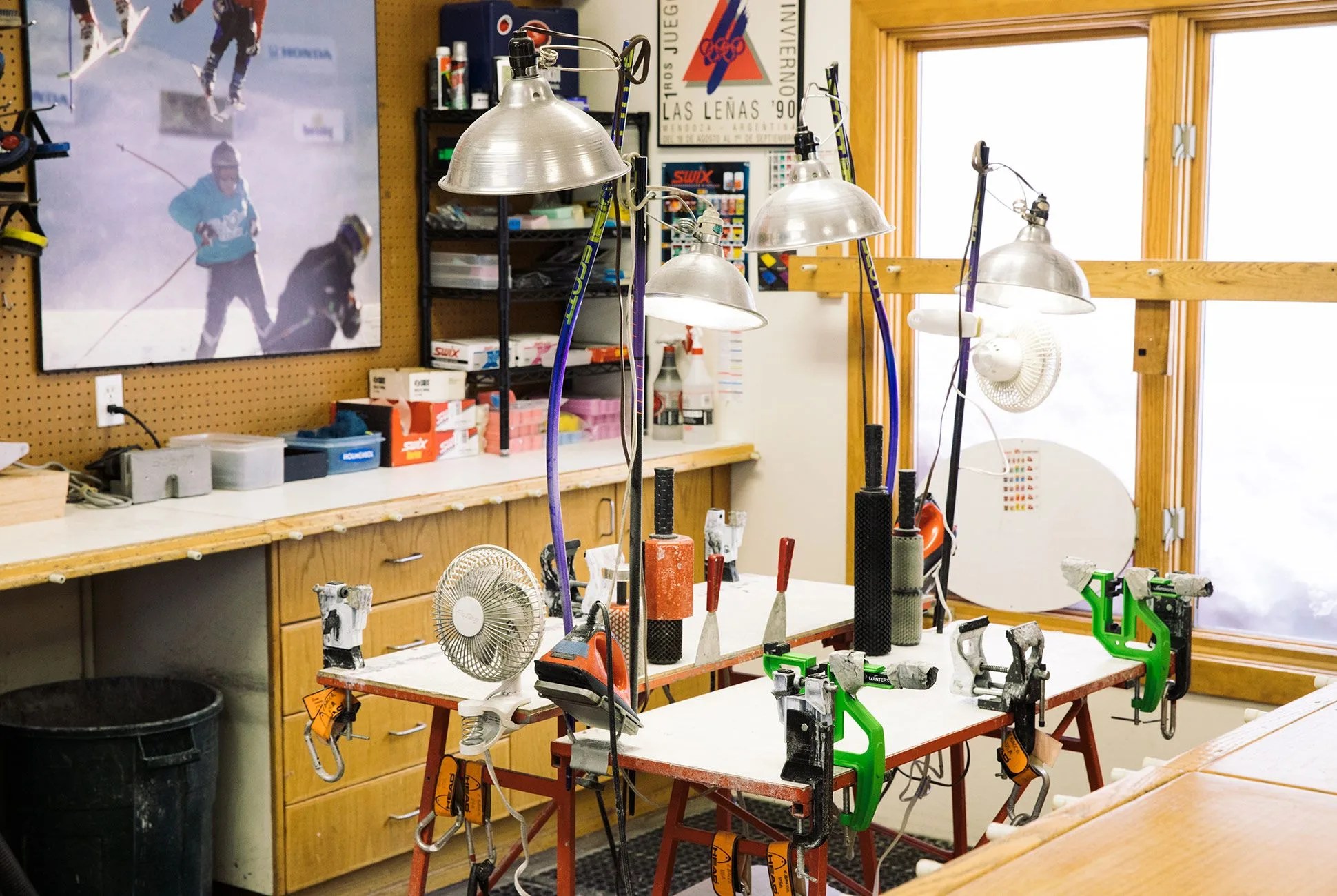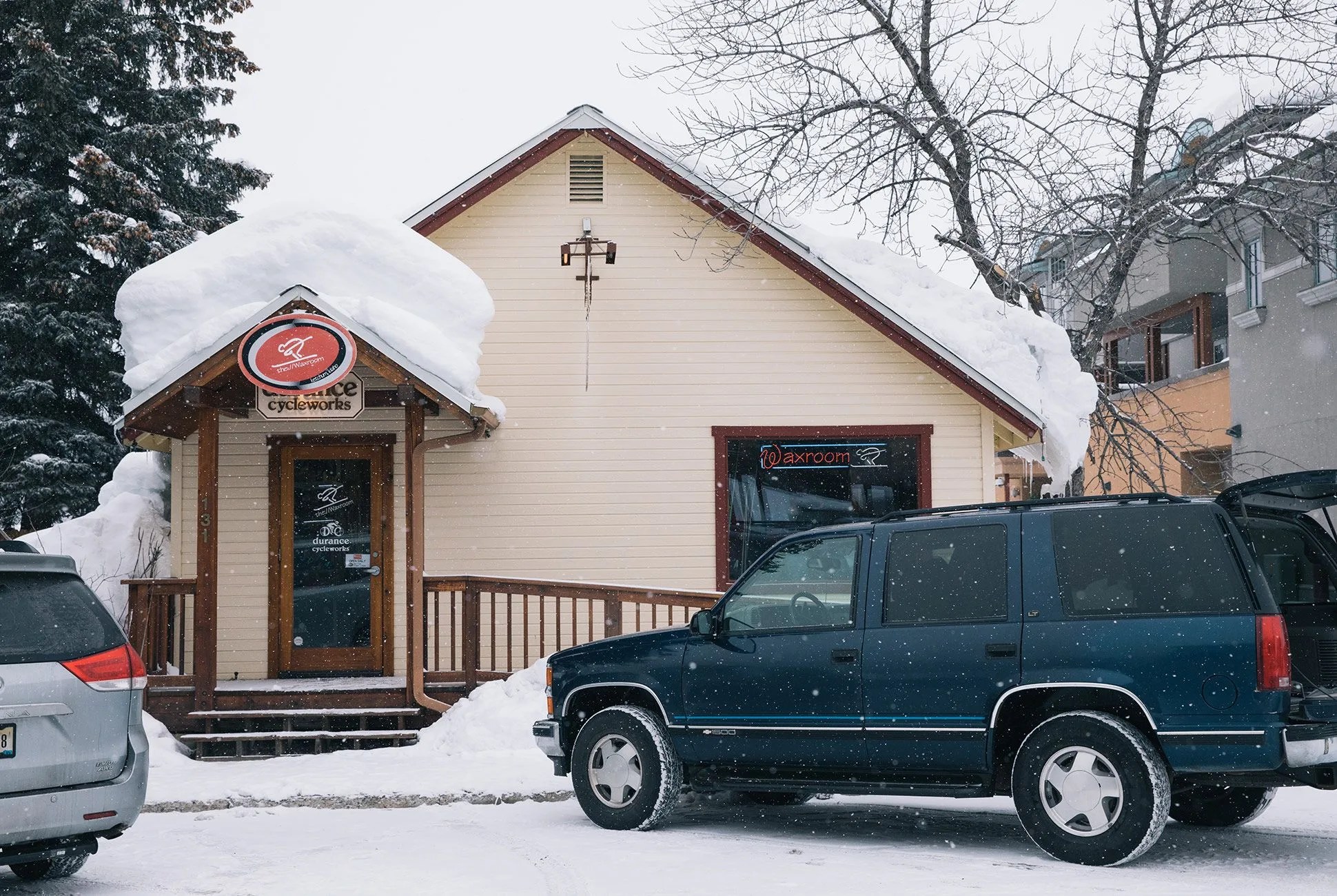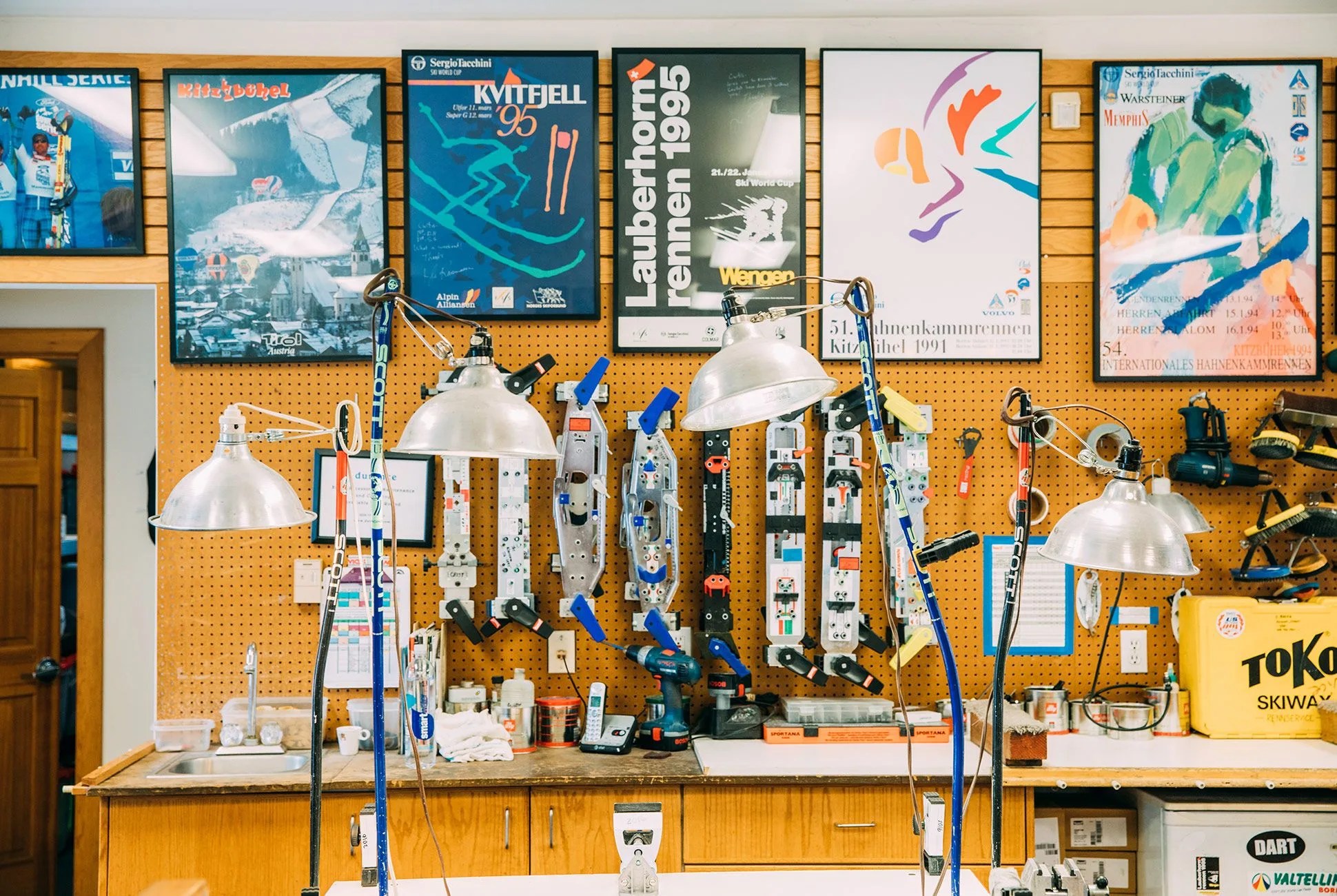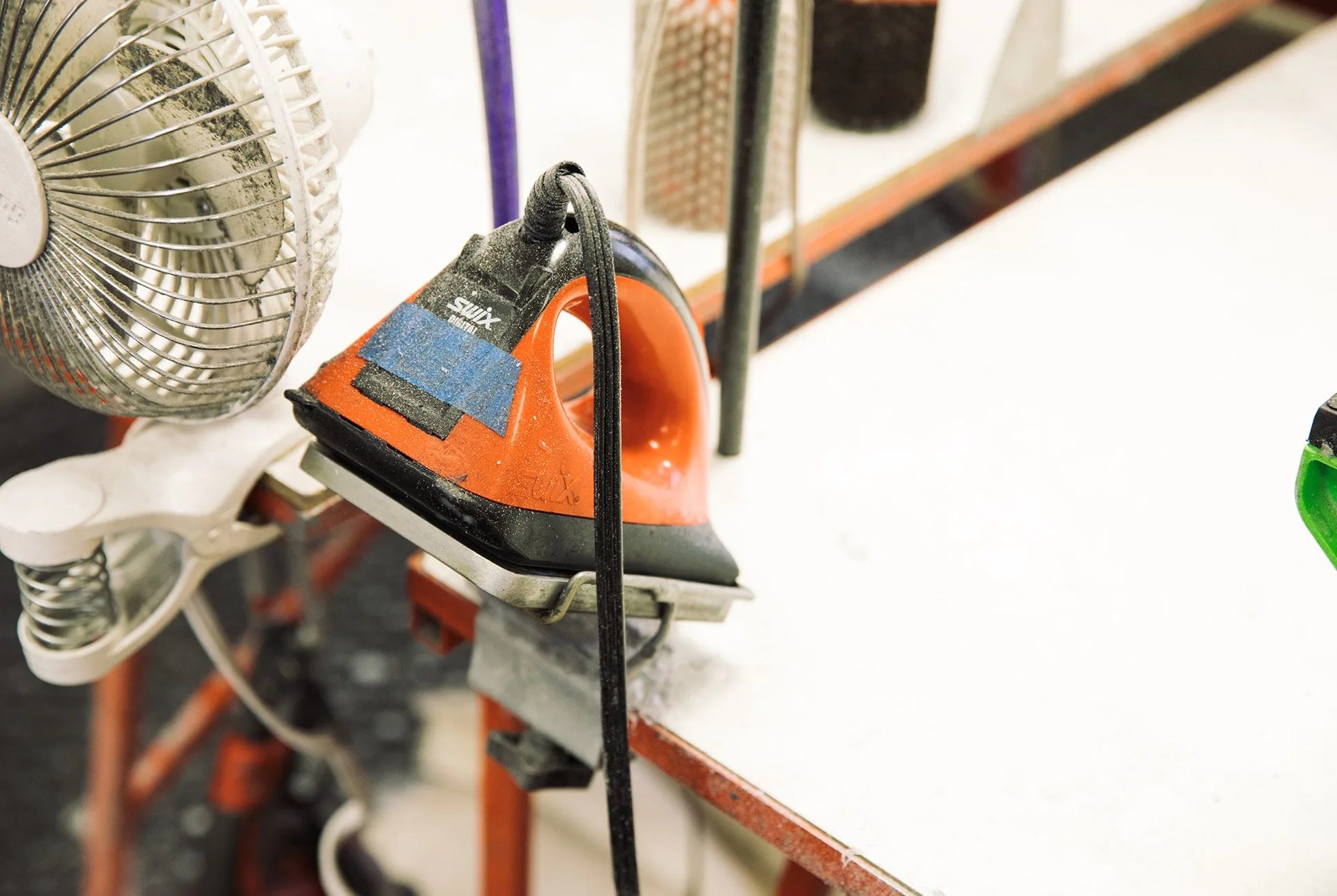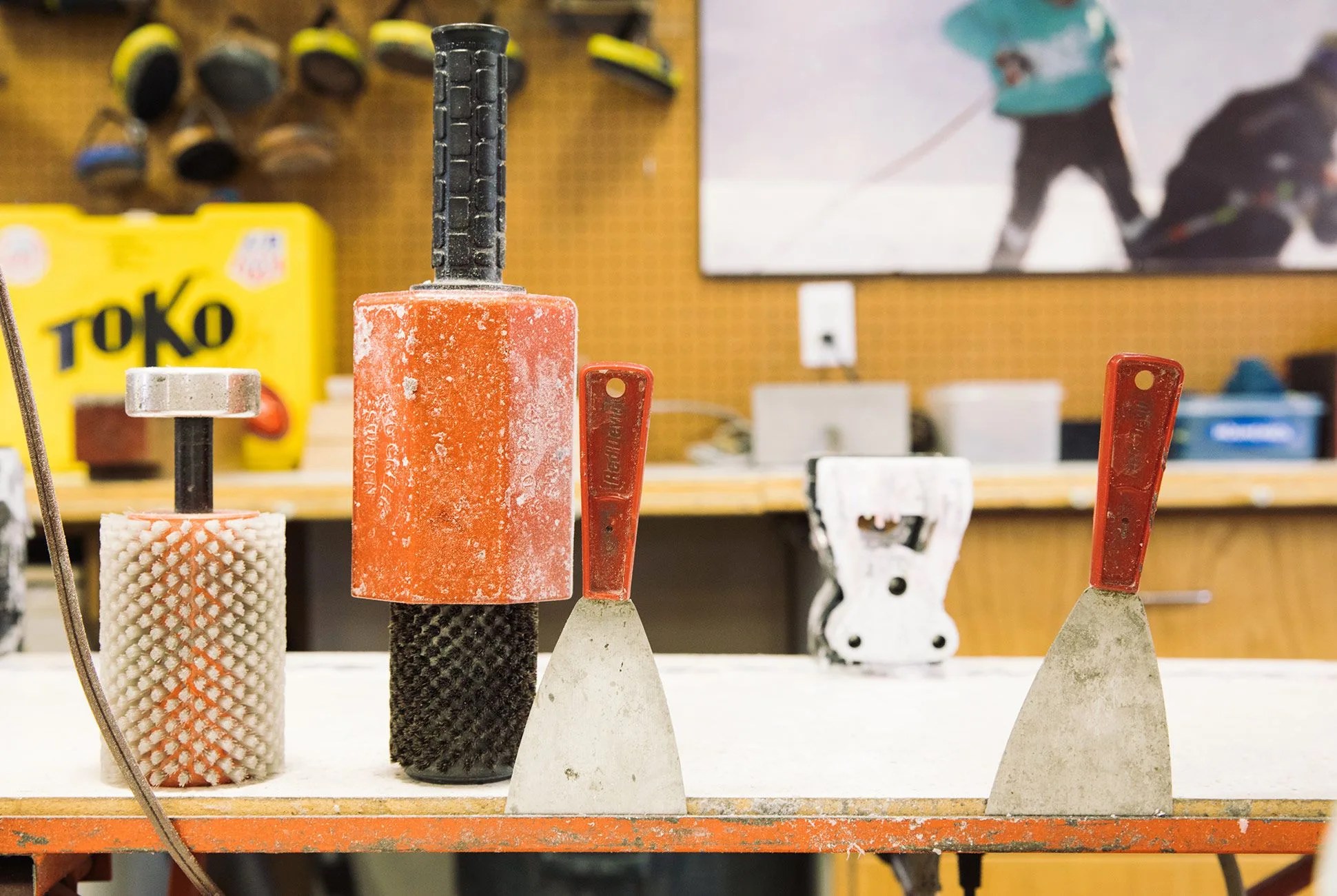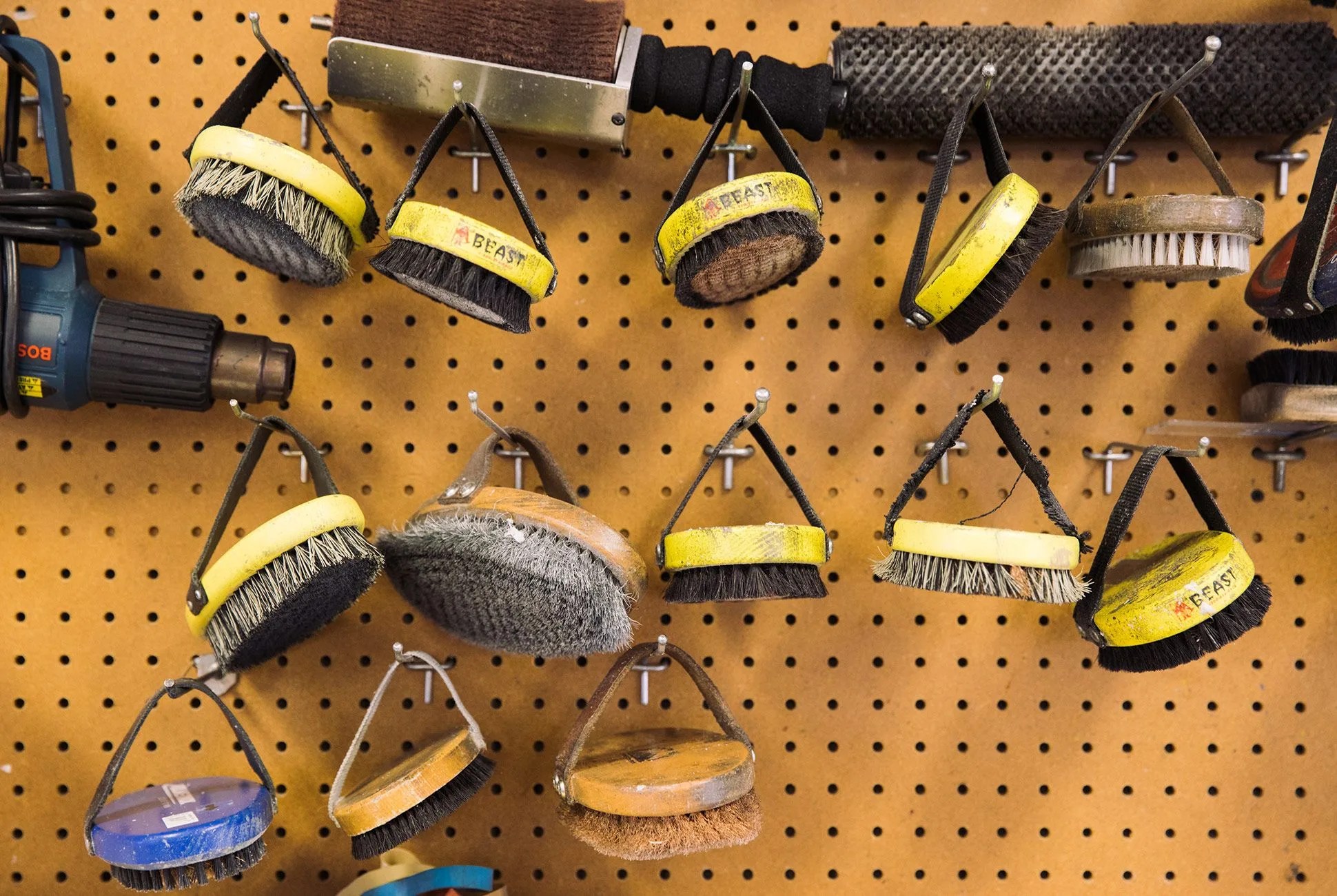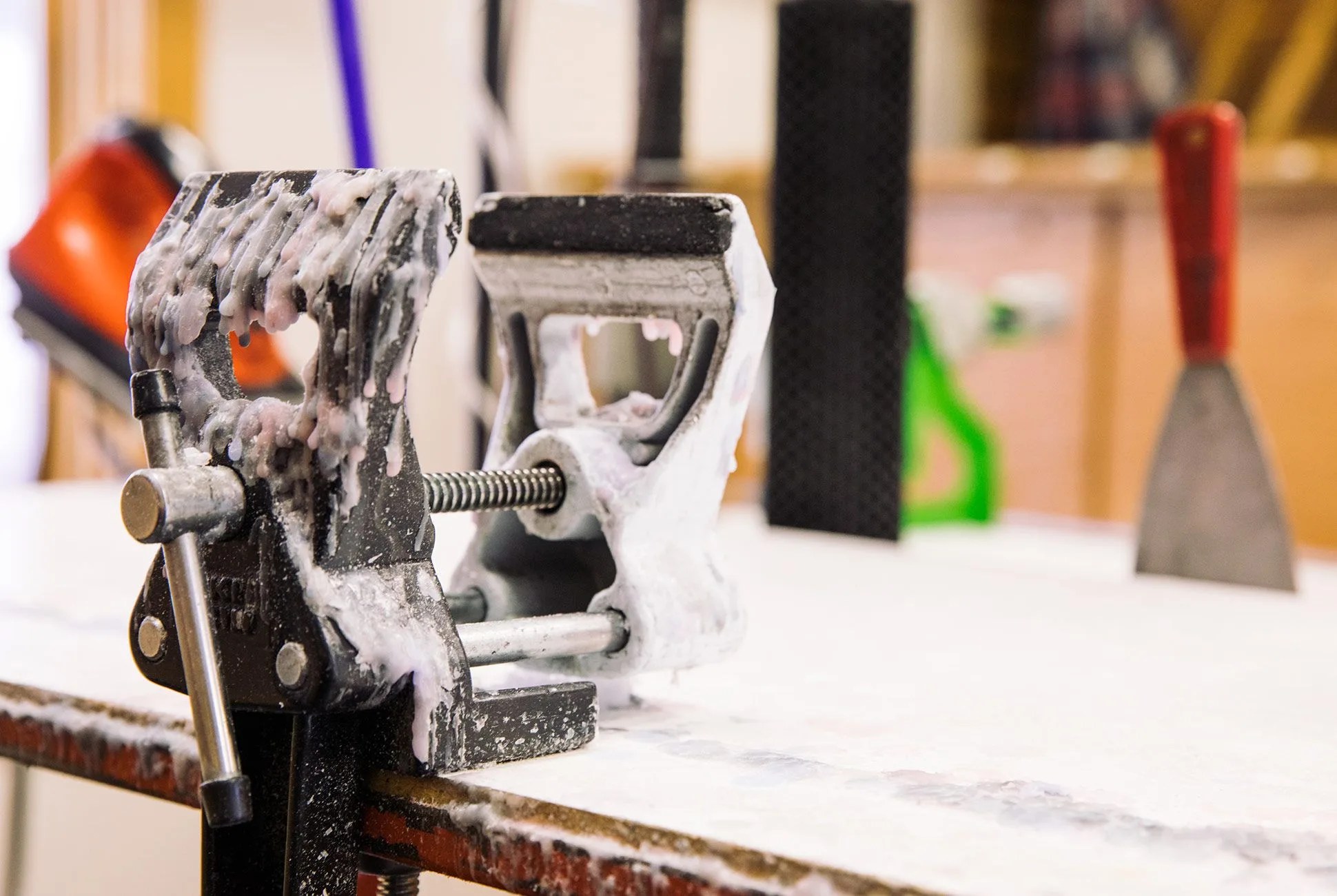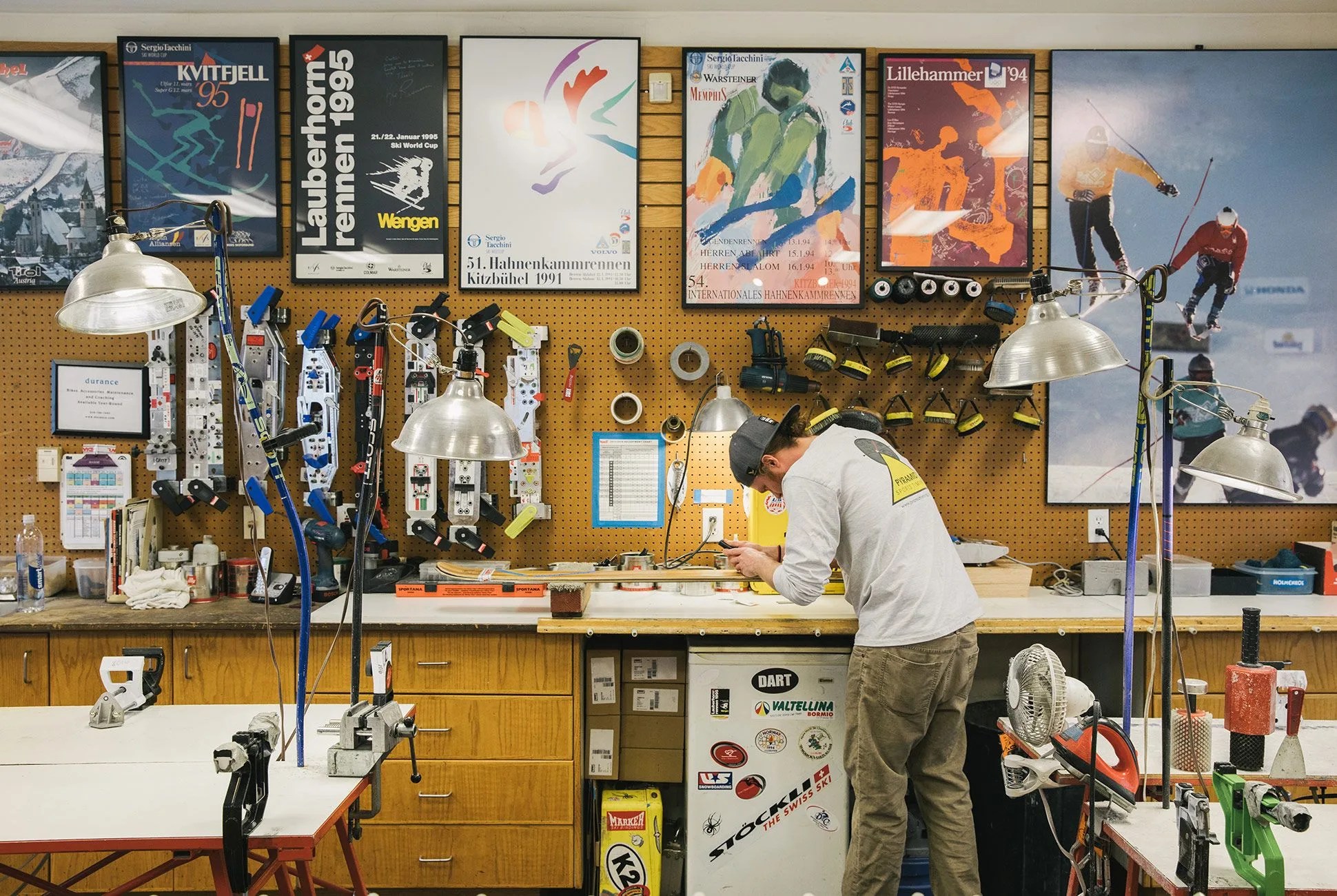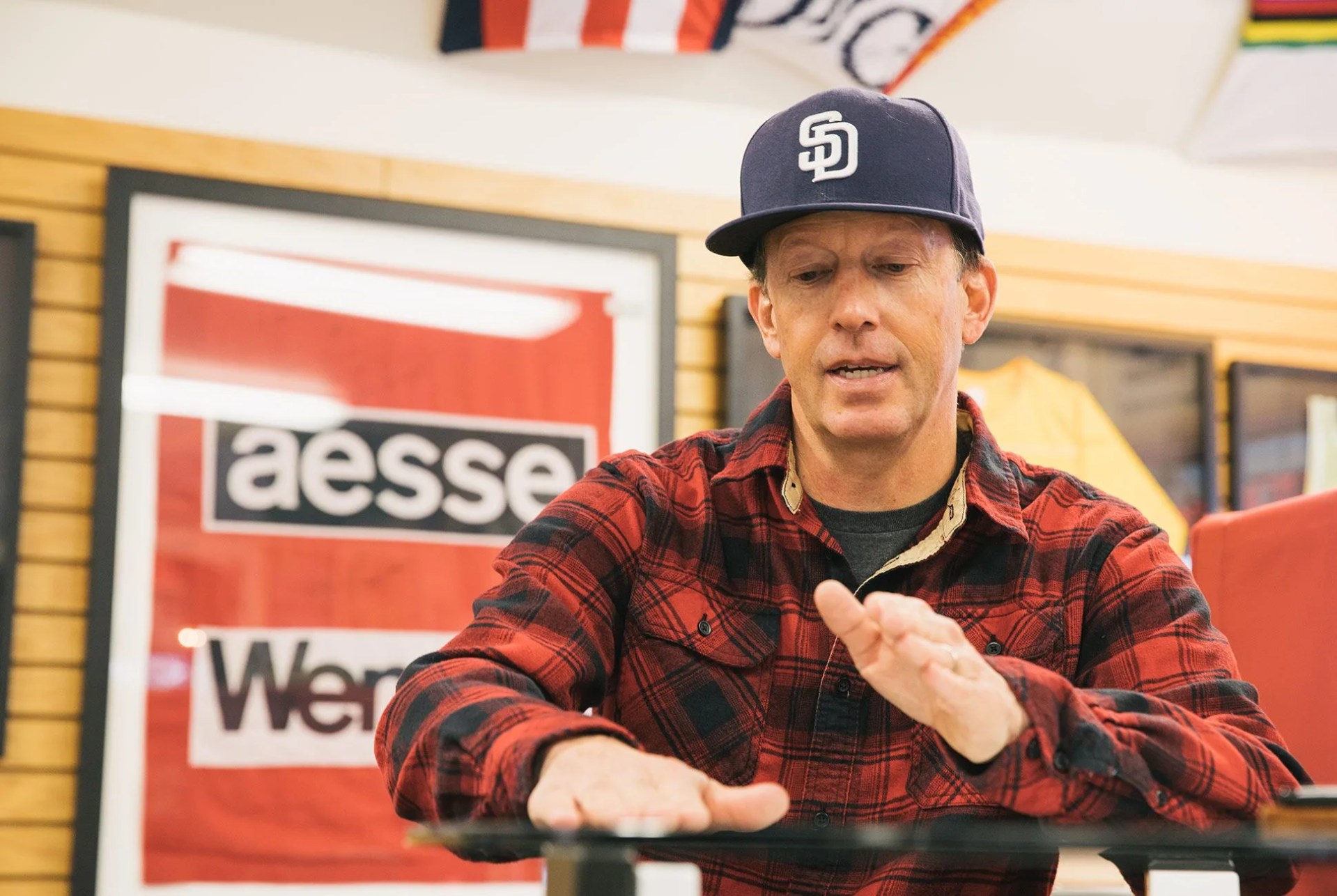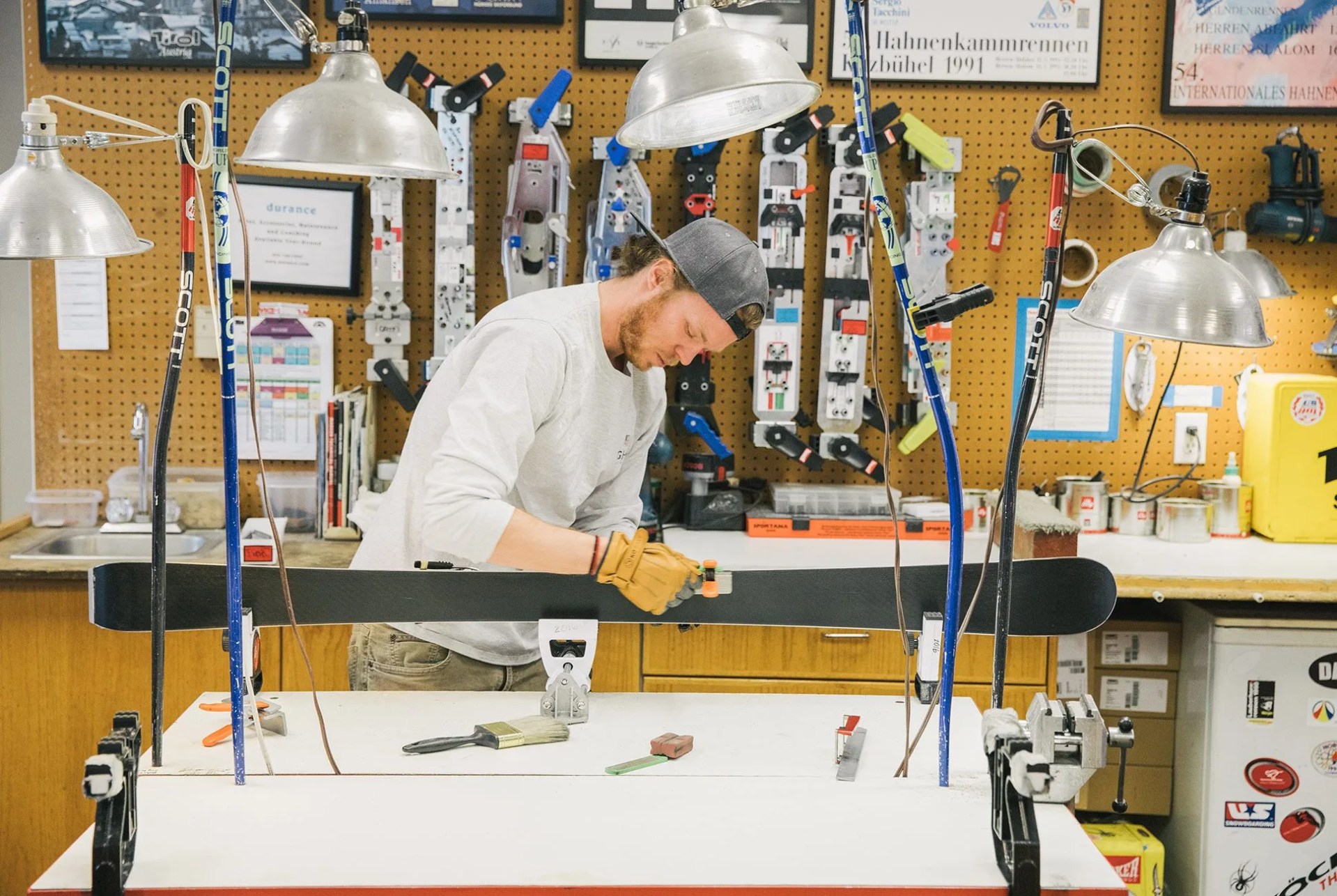9 photos
Walk down Ketchum, Idaho’s Main Street, past the tourist shops and outfitters shops, past the dive bars and the cocktail lounges. Turn southwest at Second Street. As you walk toward the ski slopes, your back to everything the guidebooks tell you to seek out downtown, and you’ll pass a modest, house-like building with plain, cream-colored clapboards and a single large window. The lights will be on, the music will be blaring. This is a store, a workshop, a haven for professional ski bums. This is The Waxroom, and it’s home to an Olympian of a different sort.
Curtis Bacca isn’t a world champion skier or a gold medal snowboarder. He’s a wax technician. He works in racing, but he doesn’t weave through gates (although he does move). His job happens in the hours leading up to a race, in the critical moments when the final adjustments are made to a snowboard or a pair of skis to ensure that it glides over snow and ice as fast as possible. It’s Bacca’s job to pick the skis, grind the skis, put structure in the skis and test the skis. Then, immediately before a race, he has to take stock of the conditions and figure out what to use for the underlay, the base layer, the overlay and the additives. Each decision is crucial and translates directly into wins and losses. The wax kit Bacca travels with consists of two 50-pound boxes that contain $50,000 worth of gear. (One bar of high-quality ski wax can cost up to $300.) He is to ski and snowboard racing what a pit crew is to NASCAR.
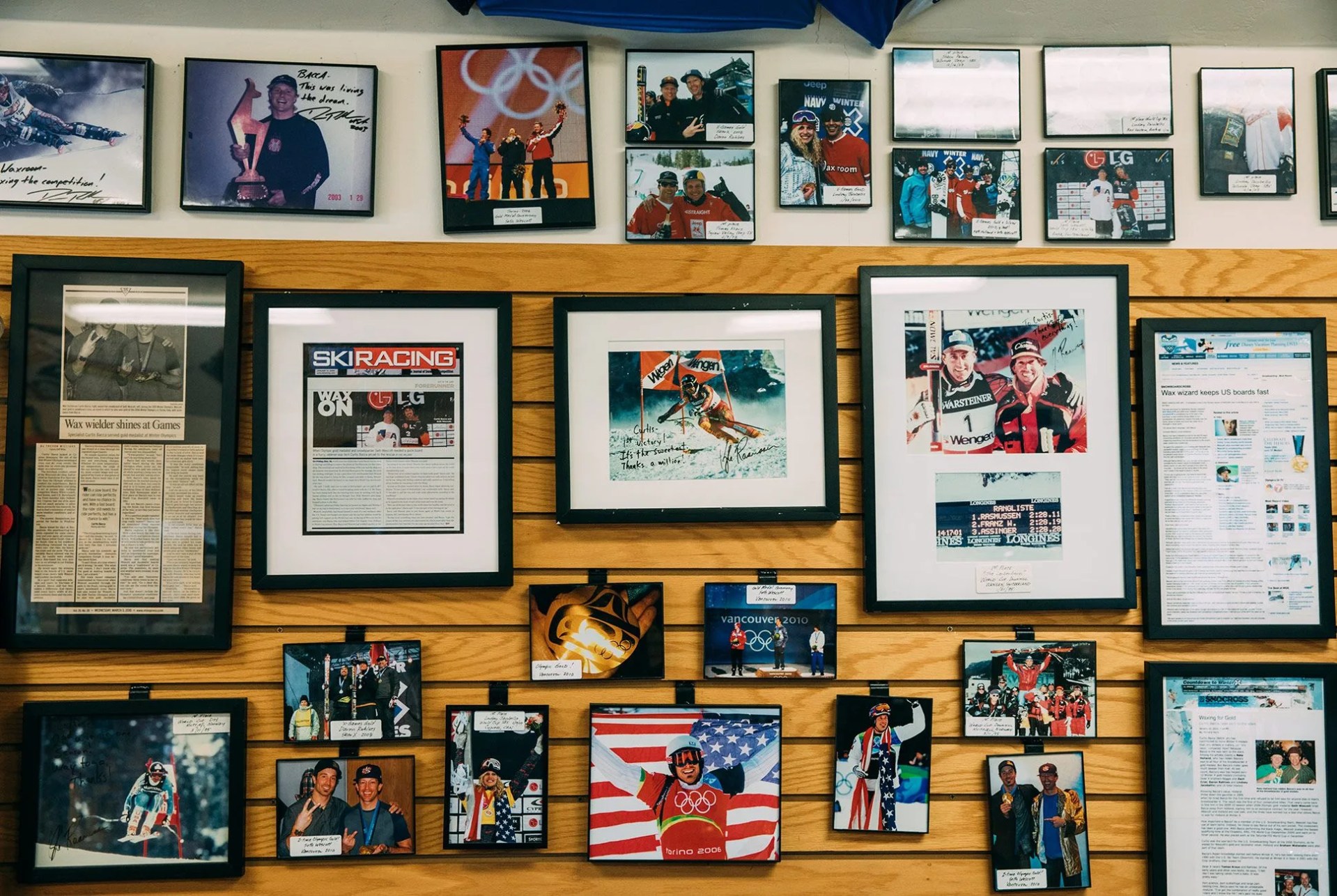
Like a skier or snowboarder, Bacca is lean, with a face that’s weathered from so much time spent in the mountains. He grew up in eastern Idaho, where he skied at Grand Targhee, a mellower ski resort on the opposite side of the Tetons from Jackson Hole. After college, Bacca moved to San Diego to pursue “a real job” in advertising and marketing, but his time there was short-lived. “I had to get back to the mountains,” he says. So he packed up, left Southern California and headed to Sun Valley.
Bacca spent his first years back in Idaho as the prototypical ski bum. He coached racing and worked as an instructor, and spent time working in ski shops. But Bacca is a rare example of someone who managed to escape the dead-end delinquency that’s a common pitfall of life as a ski bum. He got a job working for Head skis and, in December of 1990, found himself at a World Cup race in Wengen, Switzerland, prepping skis for Kyle Rasmussen — a promising young skier from California looking to make a name for himself on the world cup circuit.
“All of the sudden everybody starts coming up to me and saying congratulations. I still get a chill.”

